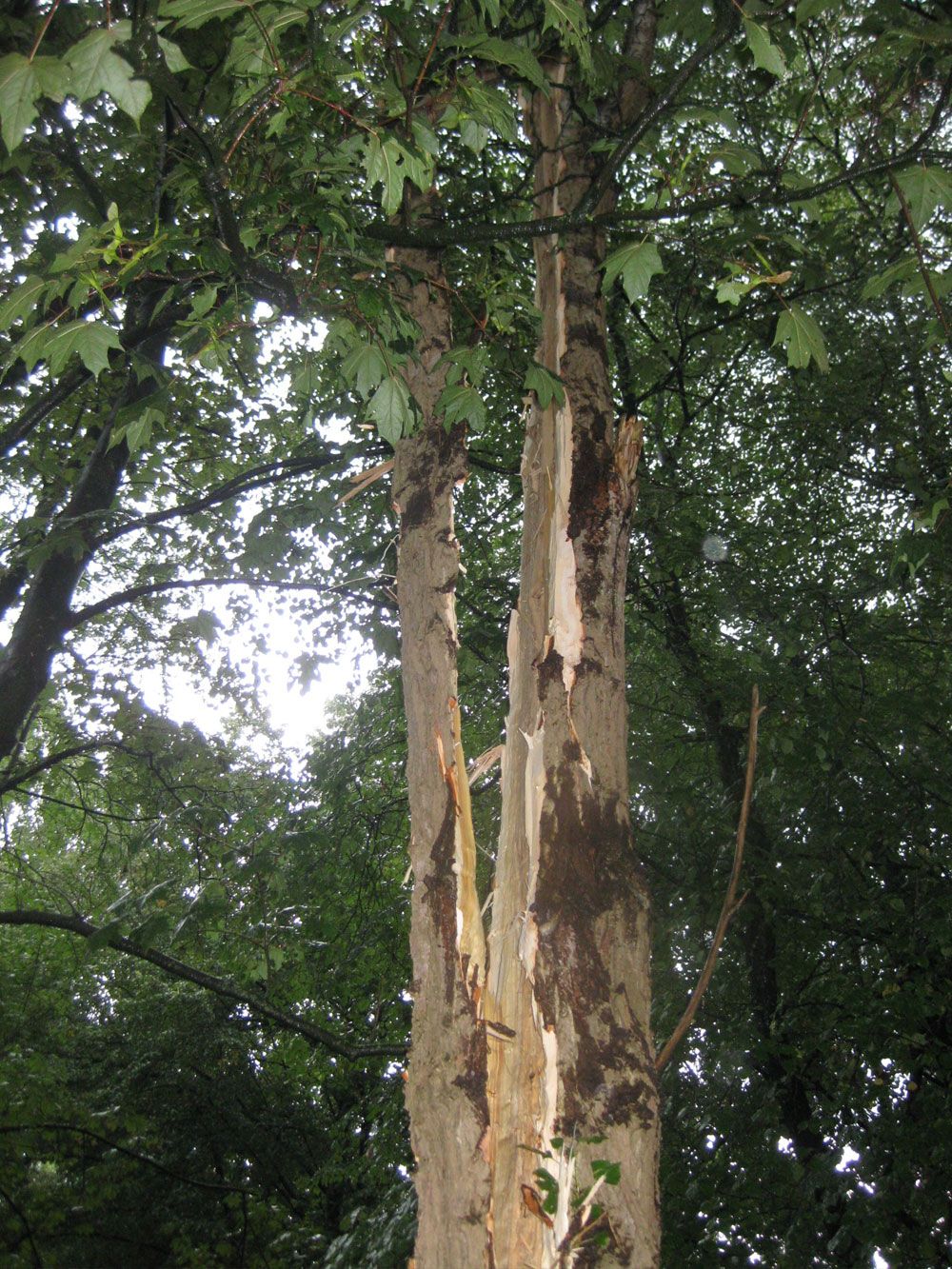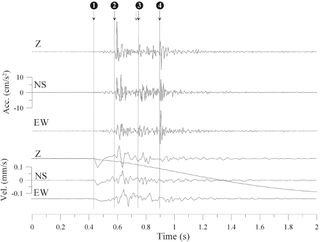
Lucky Strike: Lightning Brings Seismic Surprise

As dark clouds rolled in from the west on a July afternoon last year, Klaus-G. Hinzen, a seismologist at the University of Cologne in Germany, knew a big storm was brewing. He was watching from the window of the university's earthquake observatory in Bensberg, a small town outside of Cologne, as lightning struck a nearby hotel. Less than a minute later, a flash took out a tree next to the earthquake lab itself, turning that stormy afternoon into a rare seismic experiment.
"The main experience that we seismologists have with lightning strikes is a very bad one, because it often causes a lot of damage in the equipment. But the equipment didn't fail this time," Hinzen told OurAmazingPlanet. "It's a rare instance that you have a lightning strike so close to so many different seismometers and get a complete record of it."
Hinzen's seismic equipment recorded the lightning strike and its effects in shocking detail.
Anatomy of a lightning strike
When the bolt struck the big poplar tree that stood 174 feet (53 meters) from the lab, one of Hinzen's seismometers — a type of accelerometer called a strong-motion station, specifically tuned to pick up small ground movements — recorded a strong signal that lasted about one-tenth of a second.
The strong-motion station detected another spike a fraction of a second later, which Hinzen interprets as the thunderclap that accompanied the lightning. Then the 65-foot (20 meters) tree exploded, scattering debris in a 65-foot radius, and the station recorded a third set of ground shakes.
"We think the current flowing through the tree heated the sap in the trunk so quickly that it turned into steam," Hinzen said. "This put enough pressure on the trunk that the tree basically exploded."
Sign up for the Live Science daily newsletter now
Get the world’s most fascinating discoveries delivered straight to your inbox.
The fourth and final seismic signal came about two-tenths of a second later, when the high-pressure airwave from the exploding tree shook the ground near the strong-motion station. This airwave had moved slower than the ground wave from the explosion, Hinzen explained, because it was traveling through air instead of rock.
Altogether, from the lightning strike to the fallout from the tree explosion, the incident lasted less than half a second. [7 Rare Weather Events]

A lucky strike
Hinzen was able to tease out these short-lived signals because the strong-motion station took very detailed measurements — 250 readings every second.
"Lightning looks very different on a seismometer because the total signal we see is very short compared to the ground motion you would see from a true earthquake," Hinzen said. "Before this, I would not have guessed we could resolve these very fast signals."
Another important factor was the earthquake observatory's advanced lightning protection system, which had been installed just a few years earlier. Without it, Hinzen said, the lightning would have fried the equipment that collected and stored the data.
All in all, it turned out to be a lucky strike for Hinzen.
"It's just such a rare occurrence that it hit where we could record it," he said, "and it really shows how well these systems can perform."
Hinzen's findings appear in this month's issue of the journal Seismological Research Letters.
Follow OurAmazingPlanet for the latest in Earth science and exploration news on Twitter @OAPlanet and on Facebook.













